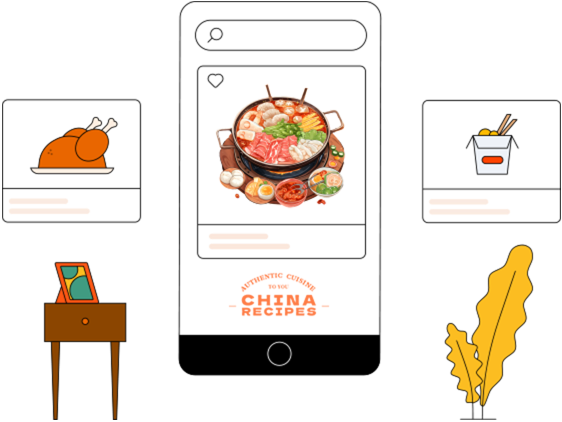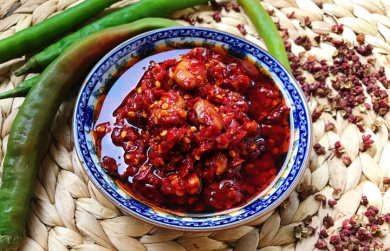Perfect Timing: How Long to Cook Carne Asada on Stove
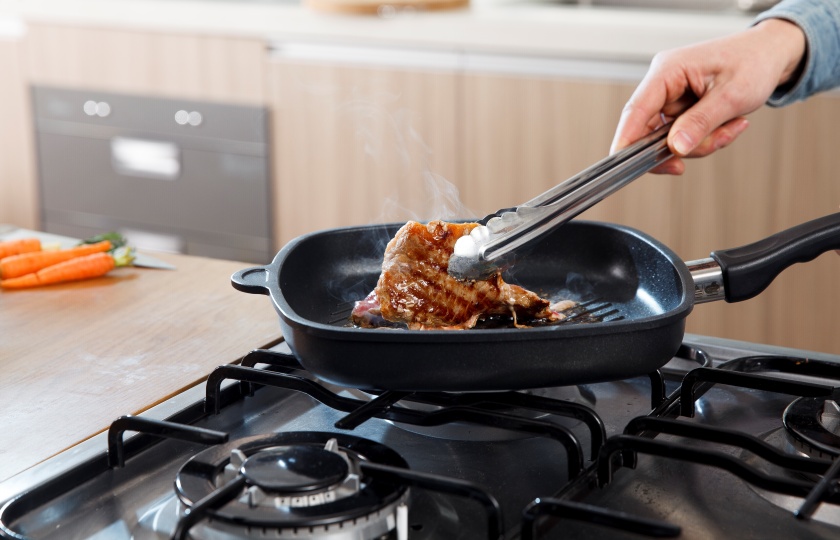
Cooking carne asada on a stovetop may seem simple, but achieving that perfect sear while maintaining tenderness requires precise timing and heat control.
How long does it take to cook carne asada on stove?
It is best to control the total cooking time on the stove within 8 - 12 minutes. The operation is specifically divided into three stages:
First stage: High - temperature preheating
Heat a cast - iron pan or a thick - bottomed frying pan until a drop of water vaporizes instantly (about 230 °C). Brush a thin layer of oil to prevent sticking. For a 1 - centimeter - thick meat slice, fry one side for 1 minute and 30 seconds. Flip the slice immediately when a caramelized grid pattern appears.
Second stage: Precise timing
Fry the other side for 1 minute. At this time, the central temperature is about 52 °C (medium - rare). If you want it more cooked, add 30 seconds to each side:
Medium: The total cooking time is 3 minutes.
Well - done: The total cooking time is 5 minutes (the meat will become tough, not recommended).
Final step: Let the meat rest
After taking the steak out of the pan, place it on a slightly warm plate and cover it with tin foil to let it "rest" for 5 minutes. In this way, the meat juice can be reabsorbed by the meat, and the taste will be more tender, smooth, and juicy.
Tips:
The thicker the meat, the longer you need to wait - for every additional 0.5 centimeters in thickness, add 45 seconds to the frying time.
Using a gas stove is a bit faster than an induction cooker. You can reduce the cooking time by 20%.
If you use acidic seasonings such as lemon juice when marinating the meat, you can reduce the frying time by 10%.
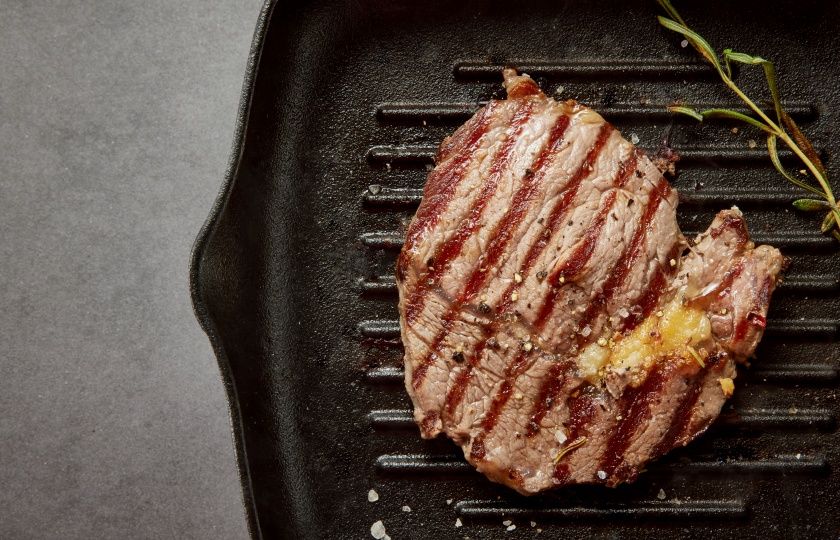
How do you know when carne asada is done on the stove?
Preferred method: Using a thermometer for detection
Insert a needle thermometer into the center of the thickest part of the meat. When the temperature reaches 63°C, it is medium-rare (the center is slightly pink), and when it reaches 71°C, it is well-done (the whole meat is grayish-brown). During frying or grilling, measure the temperature every 15 seconds to avoid excessive piercing that would cause the meat juice to leak.
Judgment method without tools
Crispy edges: Dark brown and crispy edges form around the meat slices, and even grilling marks appear on the surface.
Juice condition: Gently press the meat slice with tongs. If the exuded juice is clear and pale yellow (if it is red, the meat is not cooked).
Touch and rebound: Gently press the center of the meat with your fingertip. When it is medium, the softness is similar to that of touching the fleshy part between the thumb and index finger. When it is well-done, it is close to the hardness of the palm.
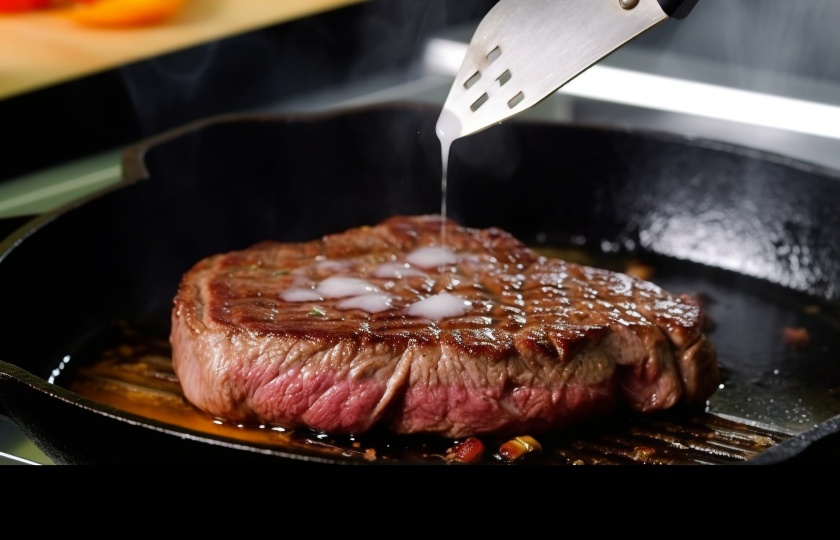
Should I cover the pan when cooking carne asada?
For Mexican - style grilled beef (carne asada), I suggest not covering the pan during cooking. Covering the pan will cause the meat to steam, losing the fragrant and crispy crust on the surface.
To make perfect Mexican grilled beef, the most important thing is to fry it quickly over high heat to form a golden - brown crust on the surface of the meat. This can lock in the meat juices and keep the meat juicy and tender.
If you're worried about oil splashing, you can use a splatter screen instead of a lid. This can prevent oil from splashing without affecting the taste of the meat.
How often should you flip carne asada on the stove?
When frying Carne Asada, the frequency of flipping depends on the thickness of the meat: For thin slices (3 mm), flip only once throughout the process, and for thick chunks (1 cm), flip at most twice.
Here are two intuitive signs to determine the flipping time: Flip for the first time when the edges of the meat curl up automatically, and flip for the second time when small blood bubbles seep out on the surface.
For example, for the commonly seen thin - cut skirt steak (Arrachera):
Heat a cast - iron pan until a drop of water vaporizes instantly.
Lay the meat flat and don't move it. After about 1 minute and 10 seconds, the edges will rise about 3 mm.
Flip the meat at this time and fry for another 50 seconds, and the perfect crispy layer will be formed.
If it is a slightly thicker diaphragm meat:
Fry the first side for 1 minute. Flip immediately when the edges start to curl slightly.
Fry the second side for 45 seconds until blood bubble spots appear, then flip back to the first side and fry for 20 seconds.
The total cooking time is no more than 2 minutes and 5 seconds, and the center will be just pink and juicy.
Key technique: Listening to the sound is more accurate than timing. When the meat is put into the pan, there will be a intense hissing sound. When the sound weakens to 1/3 of the original level (about 70% of the initial frying time), it is the optimal flipping point. If there is citrus juice or vinegar in the marinade, the flipping time should be advanced by 15 seconds, as the acidic substances will make the surface brown faster.
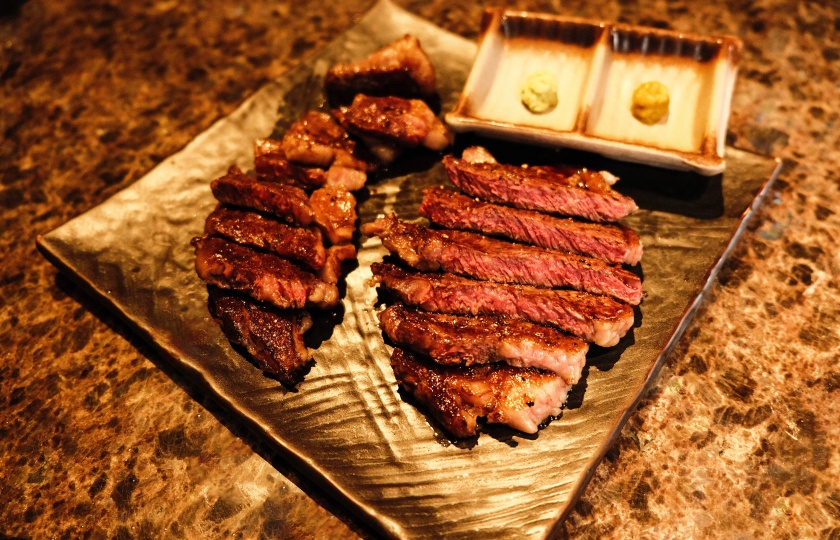
What type of pan is best for cooking carne asada?
Cast - iron frying pans come first on the list.
Their excellent heat - retention properties are irreplaceable. They are especially suitable for thin - sliced meats that require high - temperature and quick frying. Note that preheat the empty pan until a drop of water evaporates instantly into vapor. At this time, the pan temperature is about 230°C, which can instantly lock in the meat juices.
Carbon - steel pans are suitable for mobile cooking.
They are one - third lighter than cast - iron pans, and their heat - conduction speed is 20% faster. However, their heat - retention ability is slightly weaker. It is recommended to use them when frying meat chunks thicker than 1 cm. Shorten the frying time for each side by 15 seconds, and flip the meat twice during the process.
Opt for a thick - bottomed stainless - steel pan in an emergency.
Although the effect is slightly less ideal, you can still make it work with some skills:
Apply a thin layer of lard before frying.
Fry only a single layer of meat slices each time.
Immediately transfer the meat to a preheated stone slab after turning off the heat.
Can you cook frozen carne asada on the stove?
You can fry it directly. There's no need to thaw frozen meat. Just take it out and rinse the surface with running cold water for 10 seconds to remove ice chips and frost. After drying it with kitchen paper, sprinkle coarse salt particles evenly on both sides (this helps absorb the remaining moisture), and let it stand for 2 minutes before drying it again.
Key operations for high - temperature setting
Use a cast - iron pan or a thick - bottomed stainless - steel pan. Heat the empty pan over high heat until a drop of water on the bottom of the pan vaporizes instantly (about 260°C).
Lay the meat slices flat in the pan, ensuring they don't overlap. Don't flip them for the first 30 seconds until the edges are visibly curling up about 1 cm.
Flip the meat with metal tongs instead of a spatula to avoid puncturing the caramelized layer.
Techniques for stage - by - stage temperature - controlled frying
Fry the first side for 1 minute to form a dark - brown crispy crust. At this time, the center of the meat may still be frozen, but the outer layer is already set.
After flipping, adjust the heat to medium and fry for 1 minute and 20 seconds to allow the heat to penetrate the interior slowly. Insert a thermometer diagonally into the thickest part, aiming for a temperature of 63°C.
Turn the heat to low and continue frying for 30 seconds. At the same time, tilt the pan and use a spoon to repeatedly pour the released oil over the meat surface.





